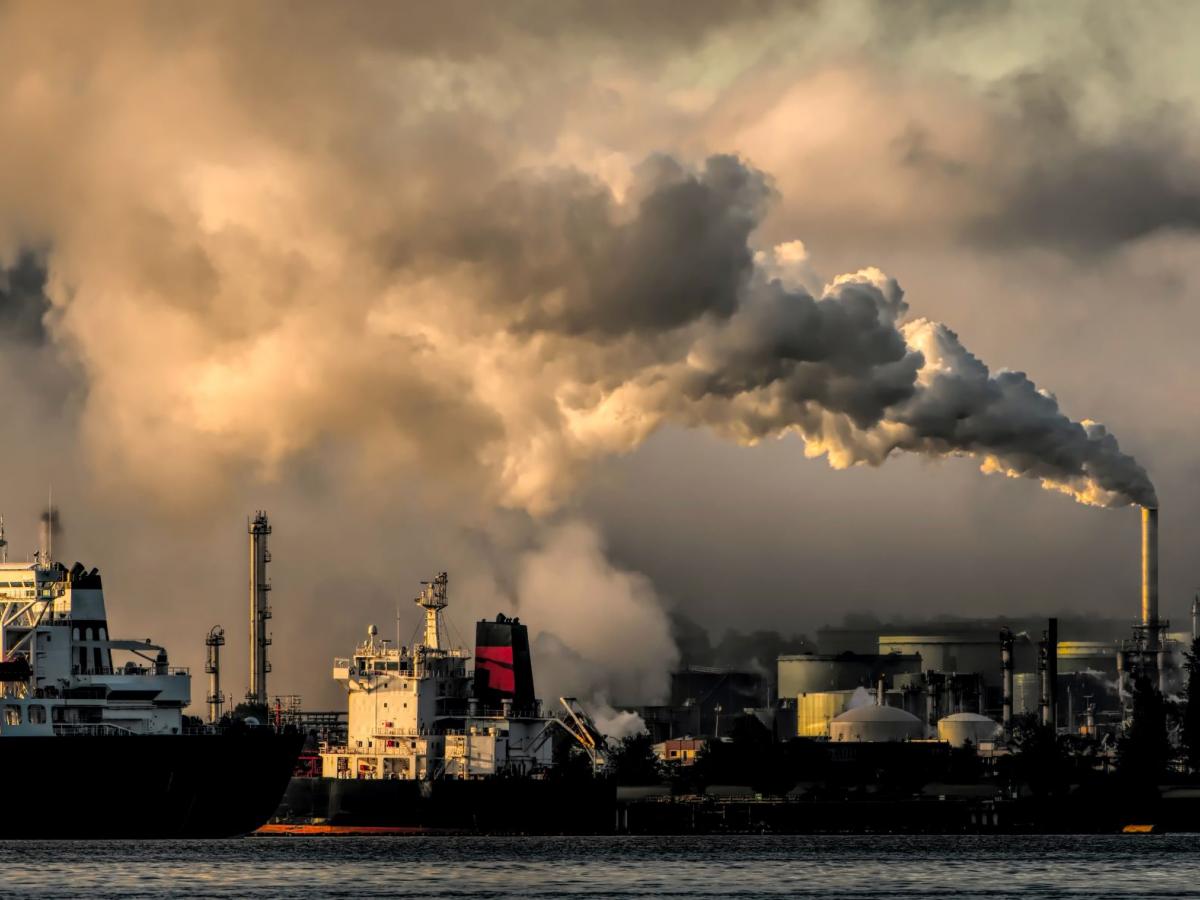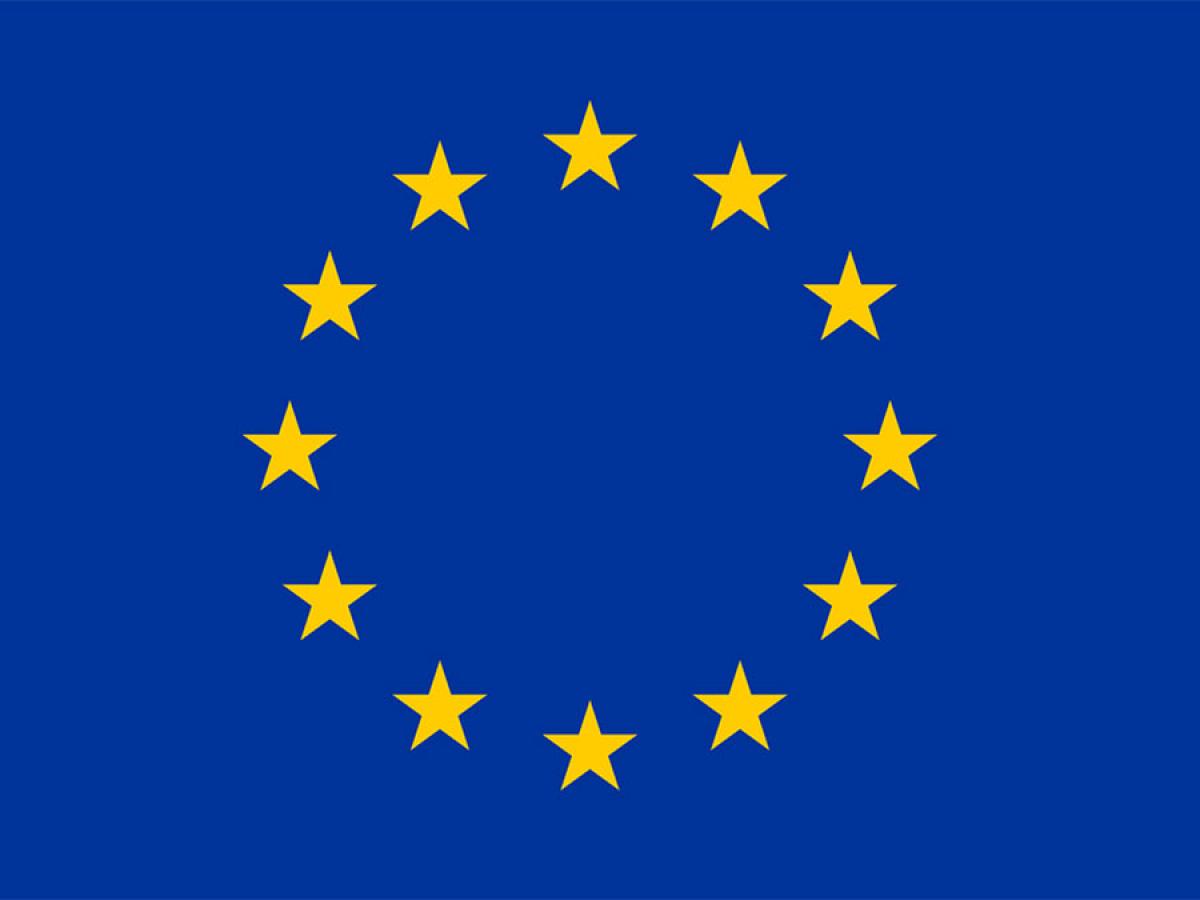Improving Border Adjustment Mechanisms

Driven by the fact that the Paris Agreement allows each party to determine how and how fast they will seek to reduce greenhouse-gas emissions, the EU is in the process of introducing a “carbon border adjustment mechanism” or CBAM as it is commonly called.
The proposed mechanism seeks to prevent the undue leakage of jobs and investment to nations pursuing a less ambitious emission reduction schedule by imposing a charge that is equivalent to a tax on greenhouse gas emissions embodied in a range of carbon-intensive imports.
In essence, the EU’s CBAM will require importers to purchase EU emission certificates so that there is no difference in the greenhouse gas emission price signal given to European producers of cement, iron, steel, aluminium, fertiliser and electricity and similar imported products.
This Discussion Paper begins with a search for a set of principles to guide the use of border adjustment mechanisms to ameliorate global environmental problems.
Professor Mike Young, Institute for International Trade, The University of Adelaide.
The European Commission's support for the production of this publication does not constitute an endorsement of the contents, which reflect the views only of the authors, and the Commission cannot be held responsible for any use which may be made of the information contained therein.

co-funded by the Erasmus+ Programme of the European Union
This work is licensed under Commons Attribution-NonCommercial-NoDerivatives 4.0 International License.
IIT is a global leader in researching, analysing and commenting on International Trade.
Stay informed about our up-and-coming seminars, events, publications, awards, new projects and collaborations, and other exciting news.
